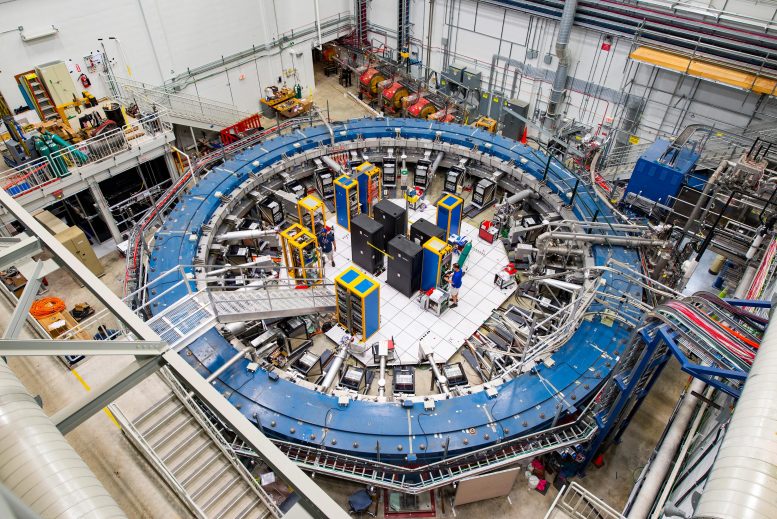Although interleukin-12 caused adverse side effects, researchers have long hypothesized that it
would be a potent cancer treatment. A new form of the molecule has been created by Pritzker
Molecular Engineering researchers that does not activate until it enters a tumor,
where it kills cancer cells.
Numerous cancer treatments are notoriously harsh on the body; they assault healthy cells simultaneously with tumor cells and result in a wide range of side effects.
The Pritzker School of Molecular Engineering (PME) at the University of Chicago has now developed a strategy to prevent one potential cancer drug from causing such damage. Interleukin-12 has been modified by scientists into a new, “masked” form that is only activated when it comes into contact with a tumor.
The study on the molecule, also known as IL-12, was published in the journal Nature Biomedical Engineering.
“Our research shows that this masked version of IL-12 is much safer for the body, but it possesses the same anti-tumor efficacy as the original,” said Aslan Mansurov, a postdoctoral research fellow and first author of the new paper.
He carried out the IL-12 engineering work with Jeffrey Hubbell, the Eugene Bell Professor in Tissue Engineering, who co-leads PME’s Immunoengineering research theme with professor Melody Swartz.
Researchers have discovered that IL-12 strongly activates lymphocytes, which are immune cells with the ability to kill tumor cells. Early IL-12 clinical studies, however, were stopped in the 1990s due to the patients’ harsh, toxic side effects.
The same immune activation that set off a series of events that killed the cancer cells also caused significant inflammation throughout the body. The study of IL-12 was discontinued, at least in its natural form.
However, Mansurov, Hubbell, Swartz, and others came up with a plan to revive the potential of IL-12. What if the medication could pass through the body without triggering the immune system? T
They created a “masked” molecule with a cap covering the region of IL-12 that typically binds immune cells. Only tumor-associated proteases, a collection of molecular scissors located close to tumors to aid them in destroying the good tissue around them, can cut off the cap.
The IL-12 becomes active and is then able to activate an immune response against the tumor when the proteases remove the cap. READ MORE...











